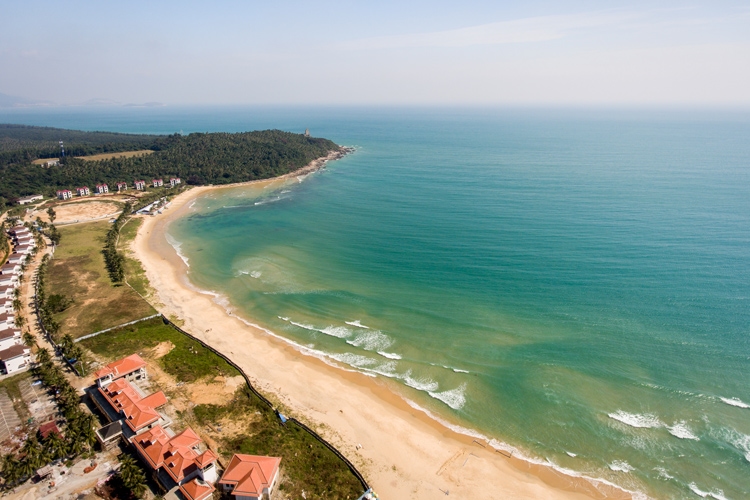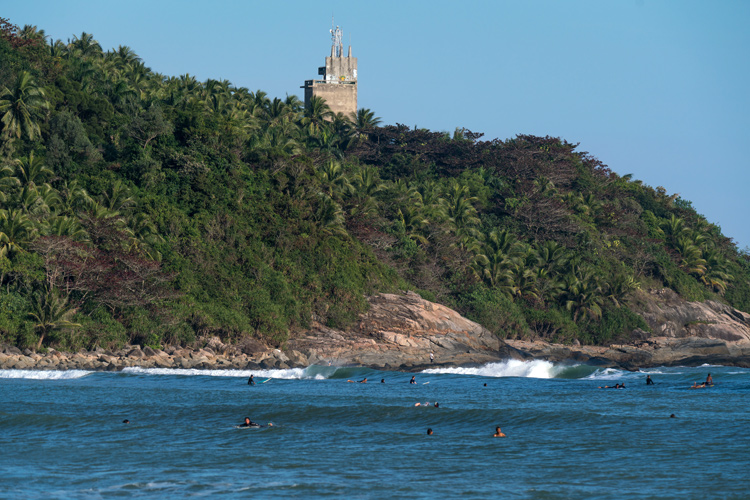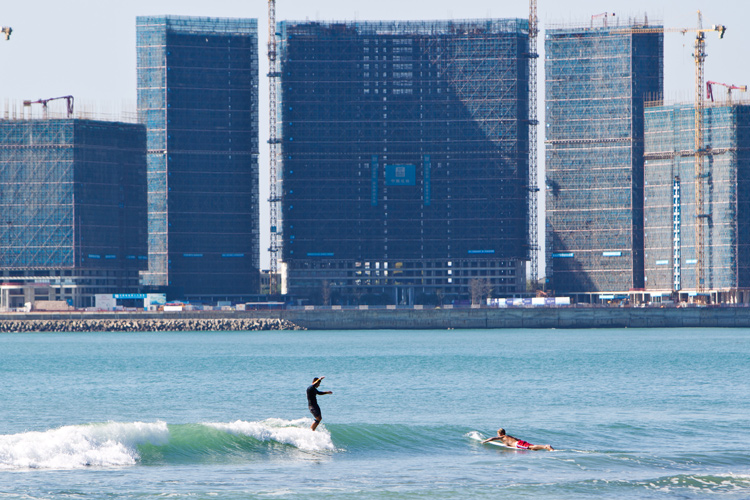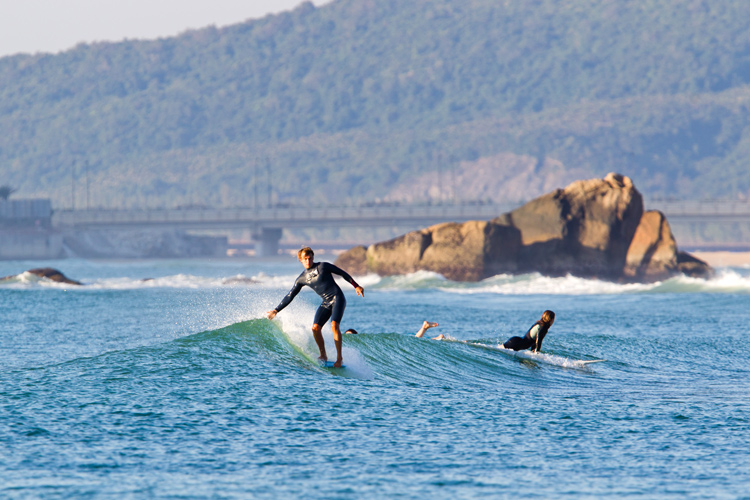As the novel coronavirus COVID-19 nightmare comes to an end in China, local surfers are starting to return to the beach.
My name is David Xu. I am from Zhuhai, a popular tourist destination.
I wrote my first article about the state of surfing in China on SurferToday.com in 2017.
Three years later, surfing in China changed.
Although we have just experienced the most terrible times in our lives due to the global COVID-19 pandemic, riding waves is still part of Chinese surfers' lives.
After all the media publicity and the decision to include surfing in the Olympic Games, the sport became very popular, with more and more people falling in love with it.
Surf clubs are springing up in some coastal towns, and the only barrier to promoting surfing is the local government's attitude toward the sport's administrative management.

My Chinese Surfing Community
We are English teachers, engineers, bank staff, and businessmen aged between 20 and 40.
We love life, peace, and every beautiful thing in the world, and surfing is definitely a significant part of our lives.
Most of us have over two years of surfing experience.
We learned how to stand up using soft-top surfboards and then evolved and improved our skills with shortboards.
When we are on vacation, we often go to Bali or Siargao Island to improve our technique and perfect our maneuvers.

Where to Surf in China
More and more foreigners are traveling to China. Some of them are surfers looking for the perfect beach and dream waves.
But there's very little English information available online about surfing in China.
So, as a Chinese, I would like to share with all of you where the best surf spots are in our vast territory.
However, there's more to surfing in China than the beaches I am about to mention. Many other surf breaks are worth visiting, but they require experienced swell hunters and advanced expertise.
China is slightly different from other countries - you are not allowed to surf on any beach, and in some areas, you simply can't paddle out.
Surfers here are striving for more freedom, and maybe the situation will get better after the Olympic Games as we all share the charm of surfing with people from all over the world.
Most foreigners will choose Beijing or Shanghai as their first destination in China, but those cities are located in China's northern region.
There is only one available surfing beach in the area. It's called Shilaoren Beach and is located in Qingdao City in the Shandong Province.
There, you'll find a single surf club where you can rent a board and book accommodation.
It is also possible to surf the spot during winter, as long as you have the right wetsuit for the local water temperatures.

However, due to climate and geography, the best surfing beaches are located in southern China.
For example, in the Hainan Province, you can enjoy vibrant, transparent waters, stunning weather, and breathtaking sea views.
Surfers from different provinces in the country spend most of their time there because it never gets cold, even during winter.
Hainan is the second biggest island in China. The region has many surfing beaches, but the most famous one is Riyue Bay in Wanning City.
It is the perfect surf spot for all experience levels, from first-timers and beginners to skilled, experienced, advanced surfers.
Riyue Bay already has several surf clubs. The place is also the freest surfing region in China.
And do you know why I say this? Because Wanning is the only city with a government that supports surfing sport.
How do you get to Hainan? You can take a flight to Haikou Meilan International Airport and then buy a high-speed train ticket to Wanning.
Guangdong, one of the wealthiest provinces in China, is close to Hong Kong and Macao.
You can also take a flight to Guangzhou Baiyun International Airport and then take a high-speed train to the nearby surfing beaches.
You'll find three main surf spots there.
There's Dongchong Beach, in Shenzhen city, Yang Guangzui Beach, in Zhuhai City, and Gao Yangwei Beach, in Huizhou City, which is not open to the public and requires a local guide to get there.
All three breaks have back-up surf clubs and shops.
There used to be many clubs in Guangdong, but they were pressured to close for "safety reasons."
One of the good things about surfing in Guangdong Province is transportation - you can get there from most of the main airports in the world.

A Budget for Surfing in China
And how much you need to spend to surf some of China's most popular peaks?
In most cases, if you decide not to travel with your own board, you'll need to spend ¥100 ($14) per day to rent a surfboard - soft-top surfboard or standard shortboard.
If you're interested in booking a surfing lesson, expect to pay between ¥500 and ¥1,200 ($70-$170), depending on whether you need a beginner or advanced lesson.
Accommodation will cost between ¥150 and ¥300 ($21-$42) for an economical stay in a hotel.
Whoever you are - a beginner or experienced surfer - you are welcome to embark on a surf trip to China.
If I ever meet you at a local beach, I will be happy to buy you a cold beer.
Words by David Xu | Surfer from Zhuhai, China
